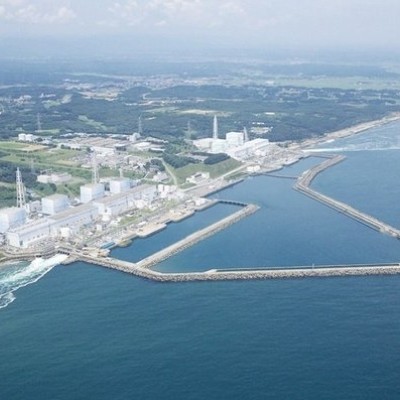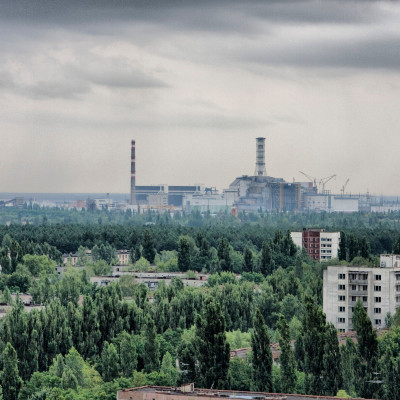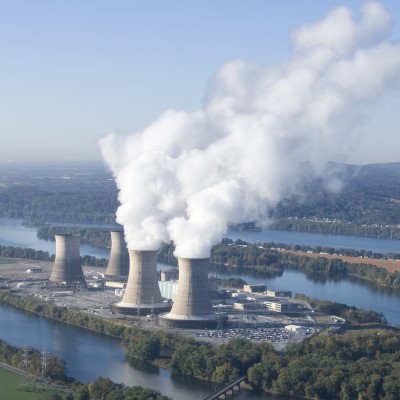Fukushima Daiichi
The Barakah Plant and Post-Fukushima Safety Enhancements
The accident at Japan’s Fukushima Daiichi plant in March 2011 had repercussions for the global nuclear energy industry. At the time of the accident, the Barakah Nuclear Energy Plant was in the phase of conducting preparatory works at the site, with the establishment of the infrastructure needed to begin construction of the first unit. This followed an extensive siting process through the International Atomic Energy Agency’s (IAEA) Siting and External Events Design (SEED) review to identify a location based on its favorable geography and seismic history. ENEC had submitted the Construction License Application for Units 1&2 in December 2010, and it was under review by the Federal Authority for Nuclear Regulation (FANR).
What happened at Fukushima?
The accident at the Fukushima Daiichi nuclear plant, on Japan’s eastern coast, occurred as a result of the Great East Japan Earthquake which took place on 11 March 2011. The earthquake had a magnitude of 9.0 and caused a tsunami which struck the coast of Japan, including the Fukushima Daiichi plant. Units 1, 2 and 3 overheated and suffered core meltdowns, followed by a release of hydrogen inside the containment buildings leading to explosions inside the containment buildings of Units 1, 3 and 4. The IAEA released a report on The Fukushima Daiichi Accident in 2015 with all relevant details. The report highlights that the units overheated because the tsunami caused flooding in the area of the plant where the back-up generators were located, rendering them unable to restore power to maintain the cooling of the reactors.
Three TEPCO employees at the Fukushima Daiichi plant were sadly killed directly by the earthquake and tsunami, but there have been no fatalities as a result of the nuclear accident.
The animation below depicts these events:
What was the effect on the Barakah plant?
Following the requests of nuclear regulators, ENEC joined nuclear operators from around the world to conduct extensive reviews of their plant designs, especially in terms of severe natural hazards beyond those the plant was designed to withstand. Over the course of nine months, ENEC conducted a comprehensive safety design review, which was submitted to FANR in December 2011 and reviewed as part of the Construction License Application.
Our review showed a high level of plant robustness against natural hazards or loss of electrical power to the site, and for the management of severe accidents.
The animation below shows the safety-related aspects of the APR1400 design at the Barakah plant. In the highly unlikely event of an earthquake and tsunami in the Arabian Gulf, the plant’s modern and robust safety systems ensure that a Fukushima-type event cannot take place in the UAE.
Has ENEC taken any further measures?
The assessment found no design deficiencies for the APR1400 and the Barakah site. However, ENEC took the opportunity to propose a number of design enhancements for further improvement of plant safety margins before construction of the plant had even begun.
We proposed a number of modifications that would allow plant operators additional methods to further mitigate a number of scenarios including earthquakes, tsunamis, fires, station blackouts and severe accidents. FANR approved 20 design changes for the Barakah plant to further enhance safety and fulfil the latest requirements for earthquake and tsunami safety, as well as aircraft impact resistance.
The basis of these enhancements is our fundamental commitment to the continual evaluation and enhancement of our safety standards by drawing from industry best practices and the lessons learned from nuclear energy operators around the world. The reactor design selected for Barakah – KEPCO’s APR 1400 – was developed and enhanced over 30 years, and achieves the highest industry standards in terms of safety, operational performance, environmental impact and operating life. The APR1400 was certified and licensed by the US Nuclear Regulatory Commission (NRC) on 1 May 2019.
For example, we have a number of back-up power options in the event we lose power on site. One of these back-up power supplies is the AAC diesel generator. In our original design the system could run for up to 8 hours before needing more fuel. With our revised design, the fuel lasts up to 24 hours to ensure cooling availability while alternate sources of power are connected.




